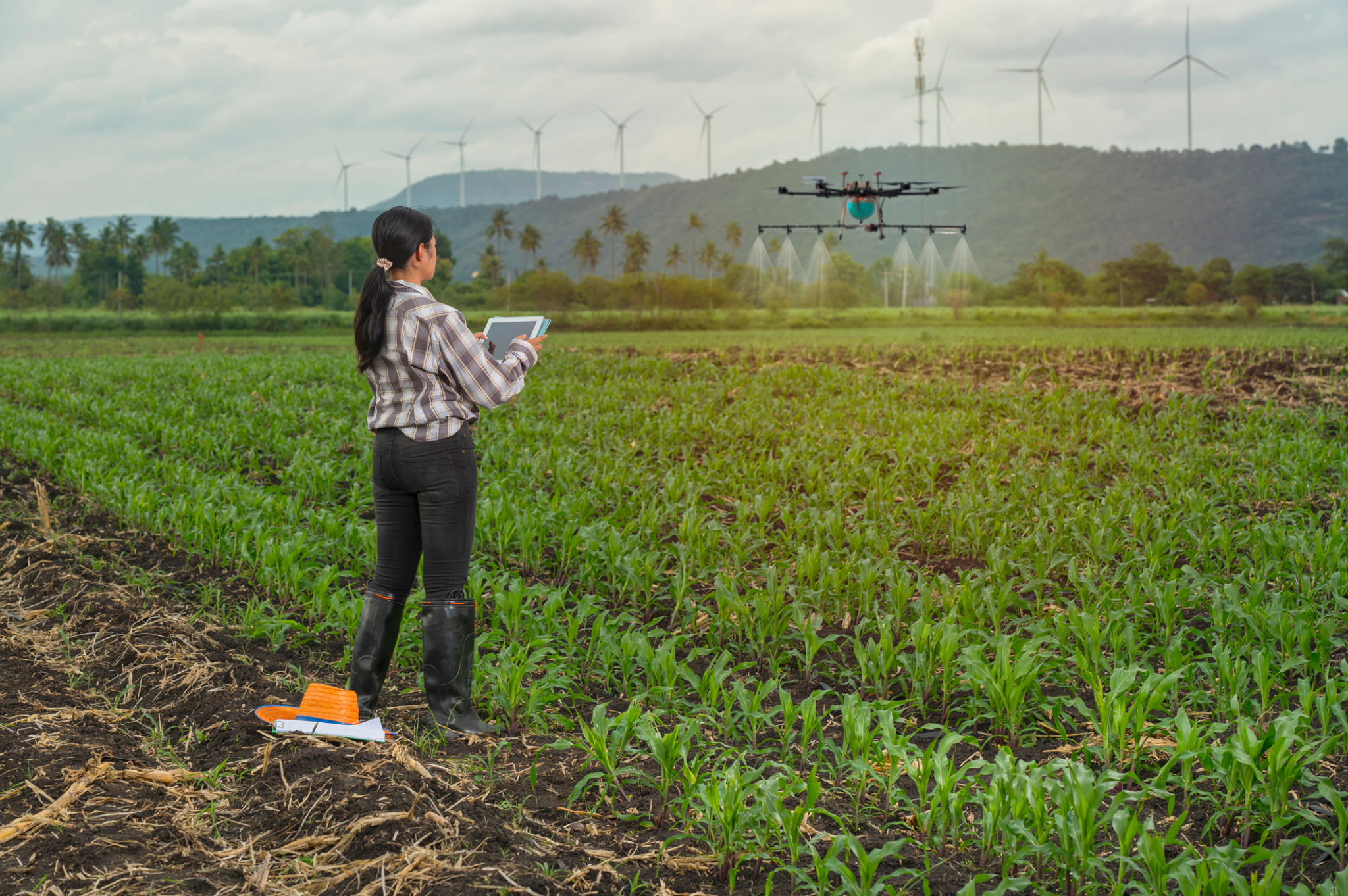Top 5 Misconceptions About Drone Inspections Debunked
KR
Understanding Drone Inspections
In recent years, drone inspections have gained popularity across various industries due to their efficiency and cost-effectiveness. However, several misconceptions still exist, causing some businesses to hesitate in adopting this innovative technology. In this blog post, we will debunk the top five misconceptions about drone inspections and shed light on their true capabilities.

Misconception 1: Drones Are Only for Aerial Photography
Many people associate drones with capturing stunning aerial photos and videos, but their applications extend far beyond photography. Drones are equipped with advanced sensors and cameras that allow them to perform detailed inspections in industries such as construction, agriculture, and infrastructure. They offer precise data collection, making them invaluable for tasks like monitoring crop health, inspecting power lines, and assessing building integrity.
Misconception 2: Drone Inspections Are Inaccurate
Some skeptics argue that drone inspections cannot match the accuracy of traditional inspection methods. However, drones are equipped with high-resolution cameras and advanced imaging technologies, enabling them to capture detailed and accurate data. The precision of drone inspections often surpasses that of manual inspections, particularly in hard-to-reach or hazardous areas.

Misconception 3: Drones Are Expensive
While the initial investment in drone technology may seem high, the long-term cost savings are significant. Drones reduce the need for scaffolding, cranes, and additional personnel, ultimately lowering operational expenses. Additionally, the speed at which drones can complete inspections saves valuable time, leading to increased productivity and reduced project timelines.
Misconception 4: Operating Drones Requires Extensive Training
Another common misconception is that operating drones demands extensive training and expertise. While it's true that some level of training is required, most drones are designed with user-friendly interfaces, making them accessible to operators with varying levels of experience. Many service providers also offer training programs and support to ensure safe and efficient drone operations.

Misconception 5: Drones Are Not Safe
Safety concerns often deter businesses from utilizing drones for inspections. In reality, drones are equipped with numerous safety features such as obstacle detection, geofencing, and automatic return-to-home capabilities. When operated by trained professionals, drones offer a safe and reliable option for inspections, minimizing risks to human inspectors and reducing accidents in hazardous environments.
In conclusion, drone inspections are a powerful tool that can revolutionize how businesses conduct inspections. By debunking these misconceptions, we hope to encourage more industries to explore the benefits of integrating drones into their operations. As technology continues to advance, the potential applications and advantages of drone inspections will only continue to grow.